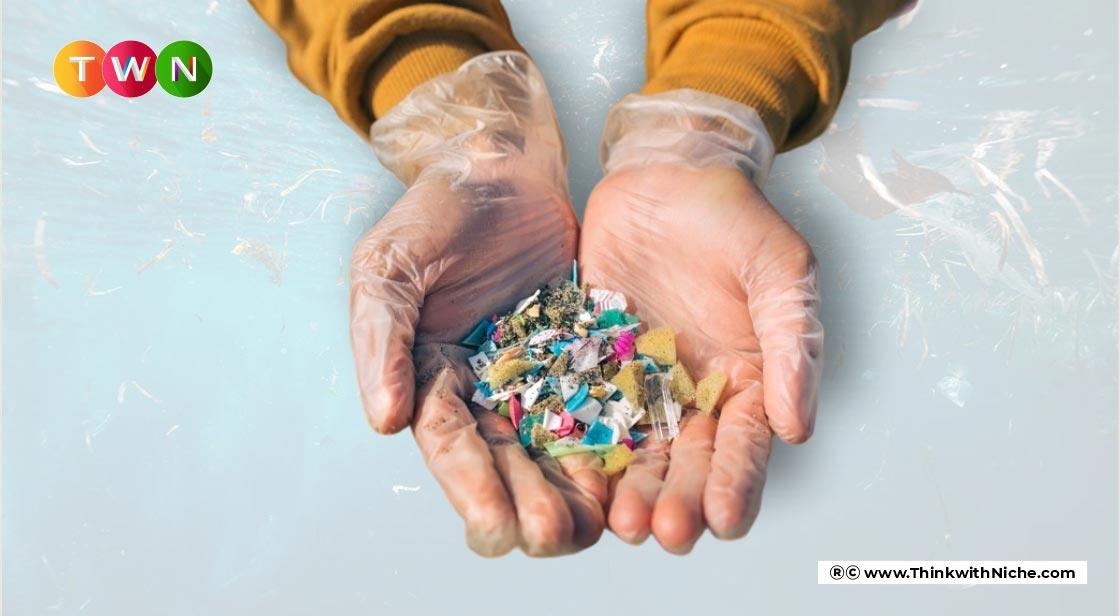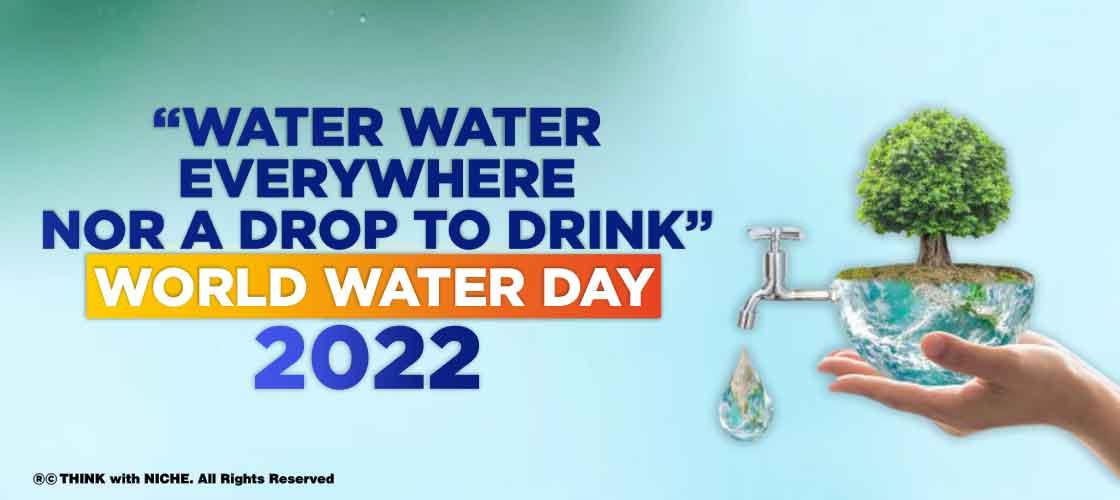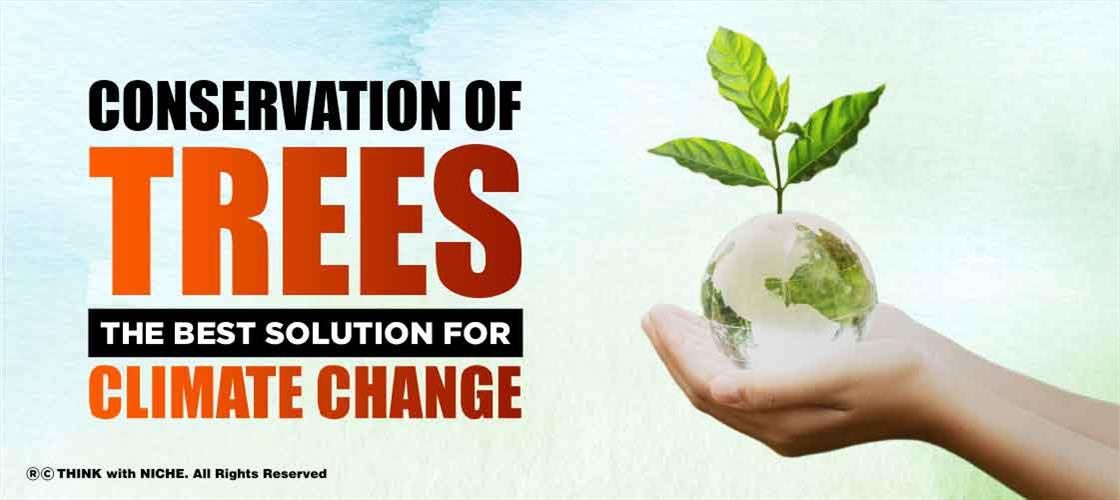The Macro Problem Of Microplastic

Blog Post
Plastic produced around the world is used for food and beverage packaging. Still, plastic becomes worn during its use and breaks into small fractions called microplastics. Microplastic is a much bigger issue than you think. It is around the world. Governments ignored this issue for many years, and it was totally legal to dump plastic waste into oceans and water bodies, and now it has made its way to our human bodies. #TWN
Like it or hate it, you cannot escape it. Plastic is a major part of the daily life of every person across the globe. No Divyanshu! You cannot be right! Every time I carry my grocery in just paper bags and drink my coffee only from clay cups, I don’t use plastic in my day-to-day activities. Ok, but do you brush your teeth with a toothbrush? If your answer is yes, then you are using plastic. Also, do you use a pen? Again you are using plastic. Ok, the last question, do you drink water? Again you are using plastic. You cannot escape from plastic, no matter what. This thin and strong material is so popular that 35 Kilogram of plastic is used per capita across the globe.
Shocking right? What if I tell you that every day you are consuming at least 120 to 130 particles of microplastic. I know you’ll have a tremendous amount of questions right now in mind, but don’t worry, my friend, I got you covered! I’ll try to answer every query related to the topic of microplastic, and how is the microplastic problem is not at all micro! First, let’s understand what is this material.
What is Microplastic?
Plastic is virtually indestructible; it takes almost 3 billion years to destroy 1 Kg of plastic. Plastic never actually decomposes into sMicroplasticimple compounds. Plastic just brakes up into tiny particles and floats freely in our environment. These particles can only be observed under a microscope and hence are called microplastic. Microplastic is everywhere, in your food, in your drinks, and even in the air that you breathe. The microplastic problem was totally ignored by the governments until 1990! Till then, it was totally legal to dump plastic waste in the ocean, which resulted in the degradation of our Waterlife. Because of the years of abuse, few garbage islands have been formed over some waterbodies. No, they are not some island full of garbage. The whole iland itself is made up of garbage and junk that we dumped into the oceans for years. Measures are being taken by governments around the world to deal with these issues, but the damage has already been done, and it will take years to recover.
Micro plastic in Humans
An average human consumes at least 120 to 130 bits of microplastic every day, and as I said, everything we consume contains some amount of microplastic in them. the average person eats, drinks, and breathes between microplastic patches every time-and that's considered an underrate.
Exploration entitled ‘Mortal Consumption of Microplastics' by Cox et al. published in Environmental Science & Technology presents an analysis of 26 studies from around the world and calculates the average quantum of microplastic plants in common consumables.
As our infographic shows, the biggest known source of microplastic which enters our bodies is bottled water. Grounded on 4 separate studies, the average number of patches per liter is 94. Beer has the alternate loftiest number, at 32, but it's that in third place which may beget the most alarm.
Air inhaled by humans, grounded on two studies conducted in France and Turkey, contains a normal of 9.80 patches per m ³. For reference, the EPA's Exposure Factors Text says that a 31-51 time old inhale a normal of 16 m ³ of air per day. Let’s discuss these sources in detail:
Micro plastic in Food
Many food items contain microplastic, which is eventually consumed by us and allows microplastic to deposit in our bloodstream along with our WBC. We are going to discuss food items that contain the highest amount of microplastic:
-
Microplastic Tea Bags- According to McGill University researchers, when you dip your tea bag in hot water, you are unknowingly releasing at least 3 billion particles of microplastic in your drink. But with tea, we have a simple solution, stop using a teabag, use loose leaf tea.
-
Microplastic in Salt- As someone who cooks daily and uses salt in everything, I was not at all happy to learn this. A study has revealed that 1 K.G. of salt can contain over 600 particles of microplastic, and 90% of the salt brands from around the world contain microplastics. You are throwing in at least 2000 micro bits of plastic in your body just because of salt consumption. But this problem also has a solution; you can start using Rock Salt or Himalayan Pink Salt, but make sure they are not packed in a plastic bag.
-
Microplastic in Beer- What’s better than a chilled can of beer on that hot sunny day. Are you aware that beer is killing you from the inside? Apart from the obvious harm that alcohol does to your body, beer also has the highest content of microplastic than any cold beverage? A liter of beer contains at least 400 particles of microplastic. Most of the Beer’s plastic comes from the usage of water from the great lakes. Well, this could be avoided by going to a local brewery and inquiring them about the water they are using, and if you are not satisfied with the answers, try to avoid beer as much as possible.
-
Microplastic in Water- Our water bodies have been polluted soo much by plastic that any consumable that contains water has a huge amount of microplastic. Packed Drinking Water is the worst form of water if you are trying to avoid microplastic, as that plastic bottle just adds up to the problem. How can you avoid it? Avoid using plastic water bottles. Instead, use a steel one. Boil your water before drinking, and avoid using plastic bottles to store your water.
If I start the discussion of all the food items that contain microplastic, this list will never end. I have just discussed the foods that are more common and are widely consumed and are actually a necessity of every household (Except beer, obviously).
Microplastic in Oceans
From the start of this blog, I have continuously highlighted throughout our blog the fact that our oceans have been the biggest victim of plastic pollutants, which eventually affect marine life and aquatic animals, and you might ask how this affects us? Let’s discuss it in detail:
Microplastic in Fish and Seafood
Up to 300 species of fishes consume the plastic dumped into the ocean, and, as it is eaten by animals, it can actually move up to the food chain. Sea the cycle is created by us humans, and it ends with humans. The plastic thrown by us in the ocean is consumed by the smaller fishes, and the small fishes are consumed by the big fish, and that fish is ultimately consumed by us humans, and the cycle continues. To keep on enjoying your seafood and avoid microplastic, you can switch to crustaceans. Though these crustaceans are not free from microplastic, they have very less microplastic when compared to other seafood. So, next time instead of ordering that fish and chips, order some crab cakes instead.
Sea Salt
We know that plastic is nondegradable material, it just breaks into smaller pieces but stays in our environment forever, so it is quite understandable why when we consume sea salt, we are also consuming microplastic. See, microplastic is not visible to the naked eyes. Hence, no matter how careful the factories are, they are serving us microplastic along with sea salt, and the only solution for consuming sea salt without any worries is; not to consume sea salt at all. Instead, go for rock salt or Himalayan pink salt.
Microplastic in Air
We can avoid food that contains microplastic. We can also avoid drinking water that contains so, but about air? Does air also have microplastic in it? Yes, the air is the biggest source of microplastic. Experts say that microplastic is present in the air of major cities like Paris and London and even in remote places like the Arctic. It is a clear indication that Airborn microplastic is a global problem. Although scientists are still researching; what are the ill effects of this microplastic on our health, some claim says that these particles promote skin erosion, breathing problems, and are also guilty of promoting cancer.
Human lungs have been analyzed during various researches, and fibers and strings of microplastic are not uncommon there. So what’s the solution? Unfortunately, there is no solution for this. Tiny plastic particles in our air are impossible to clean up the cure to this problem prevention.
Recycling and less production of plastic are the only visible solutions. The microplastic floating in our air today is believed to be the plastic that has already been used by humans in the year 1990. Fast forward to today, plastic production has almost tripled. Hence we have no idea how much microplastic will be polluting our air soon.
Conclusion
Microplastic consumption is almost unavoidable, but it can be controlled. We cannot avoid the plastic that we breathe, but the plastic that we consume through our food and air can be avoided to an extent by avoiding the use of plasticware, plastic carrying bags, and plastic water bottles. While using plastic, we don’t realize its ill effects, but the researches show, microplastic is not only affecting our environment but also our health in some or the other way. Many irreversible damages have been done to our environment, and this happened because of our years and years of plastic usage. Hoping that our future will be better than our present, I request you to avoid plastic as much as possible, as “if you won’t buy it, the factories won’t supply it.”
If you liked reading this article, we have two more for you. Click on the link below to explore!
Water Water Everywhere Nor A Drop To Drink! World Water Day 2022
You May Like
EDITOR’S CHOICE














